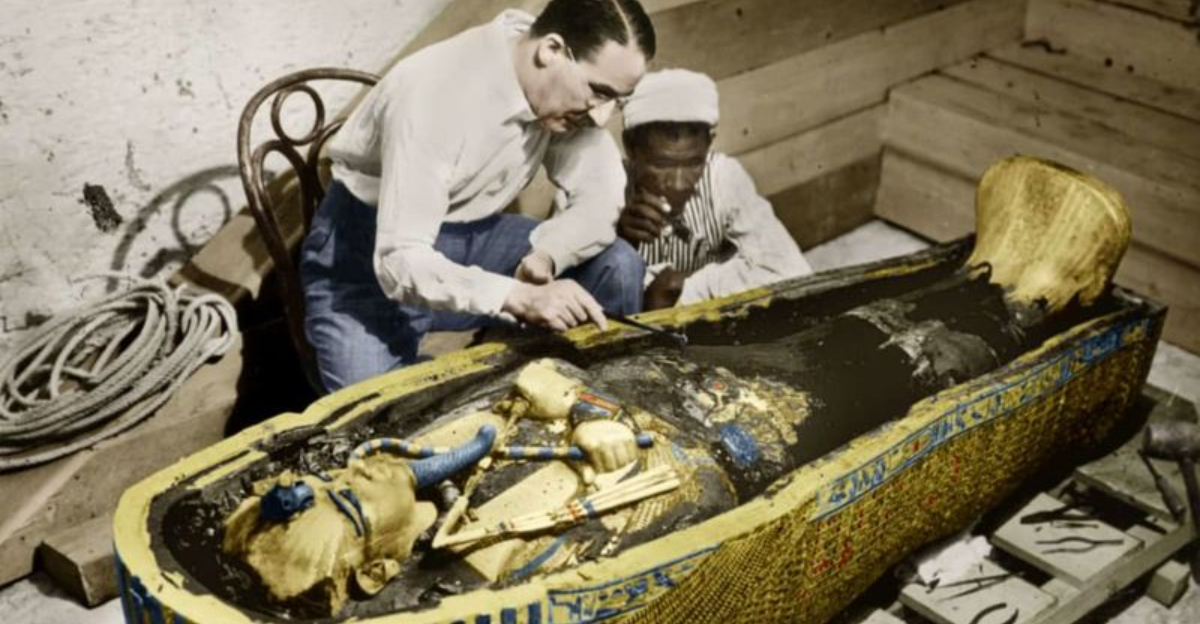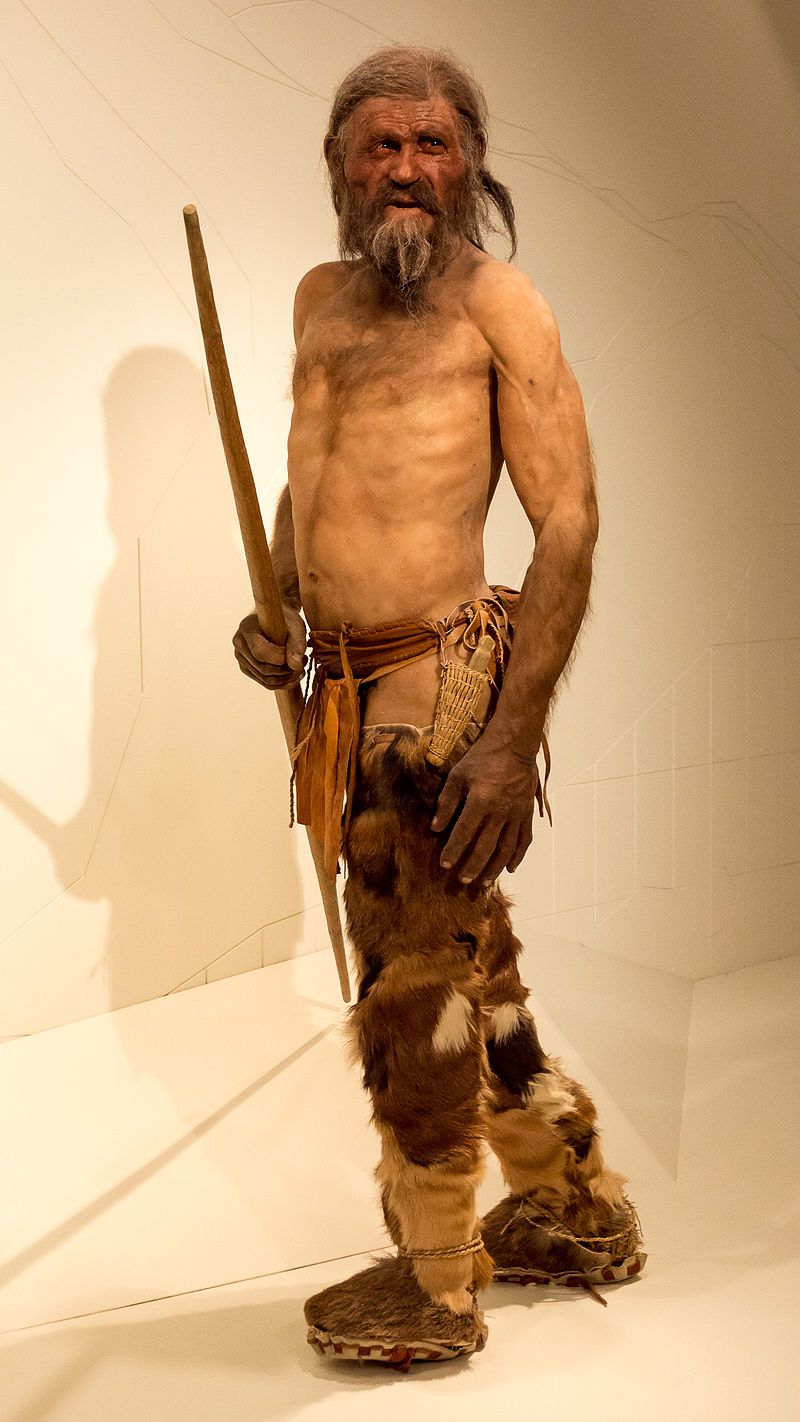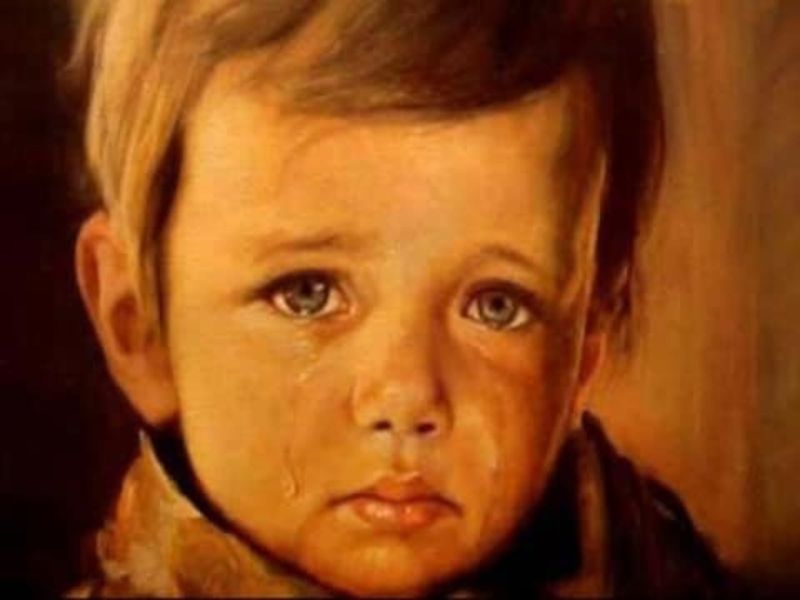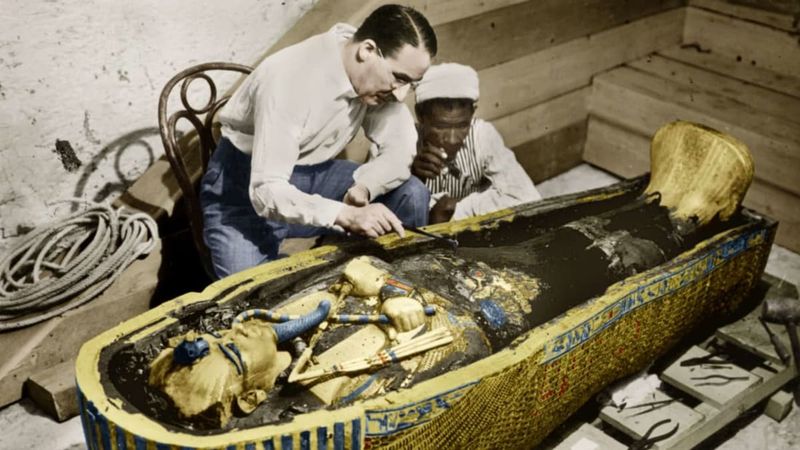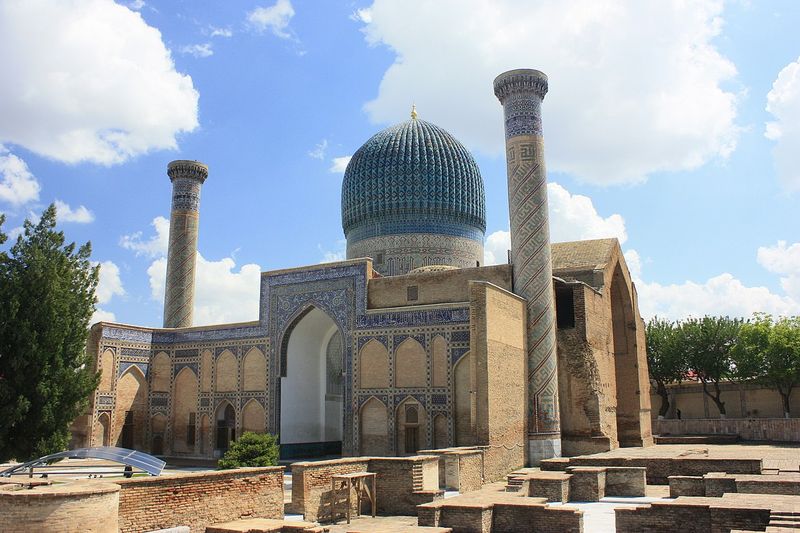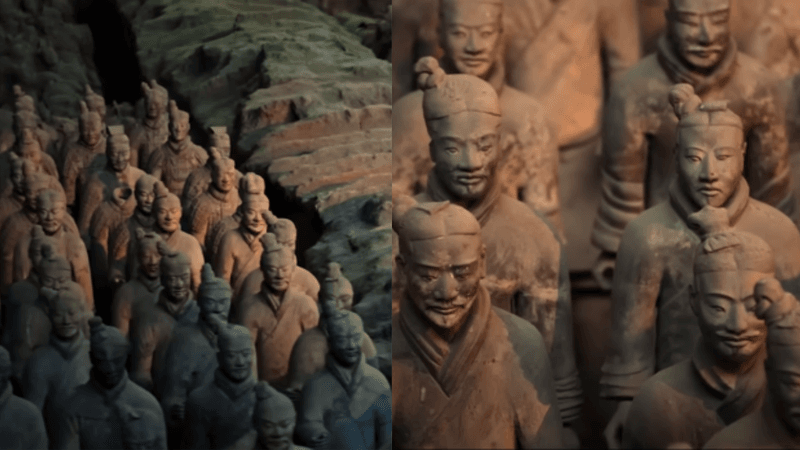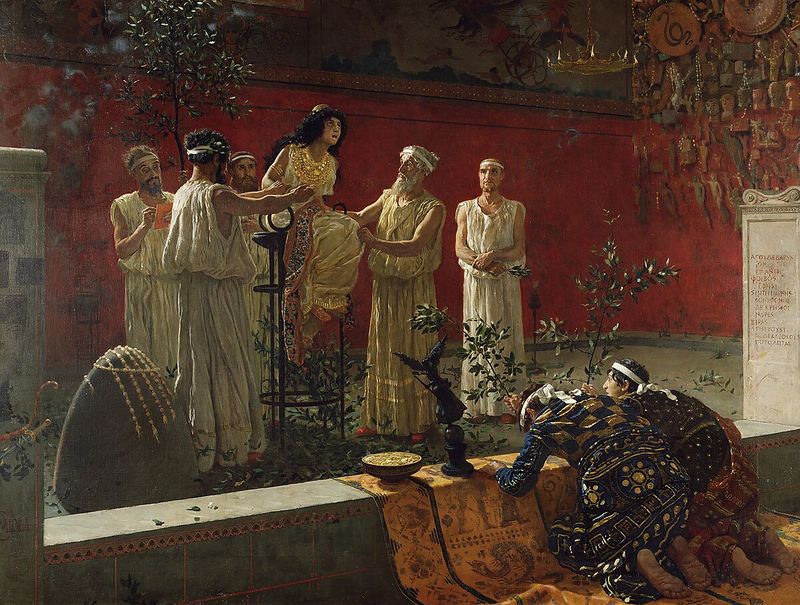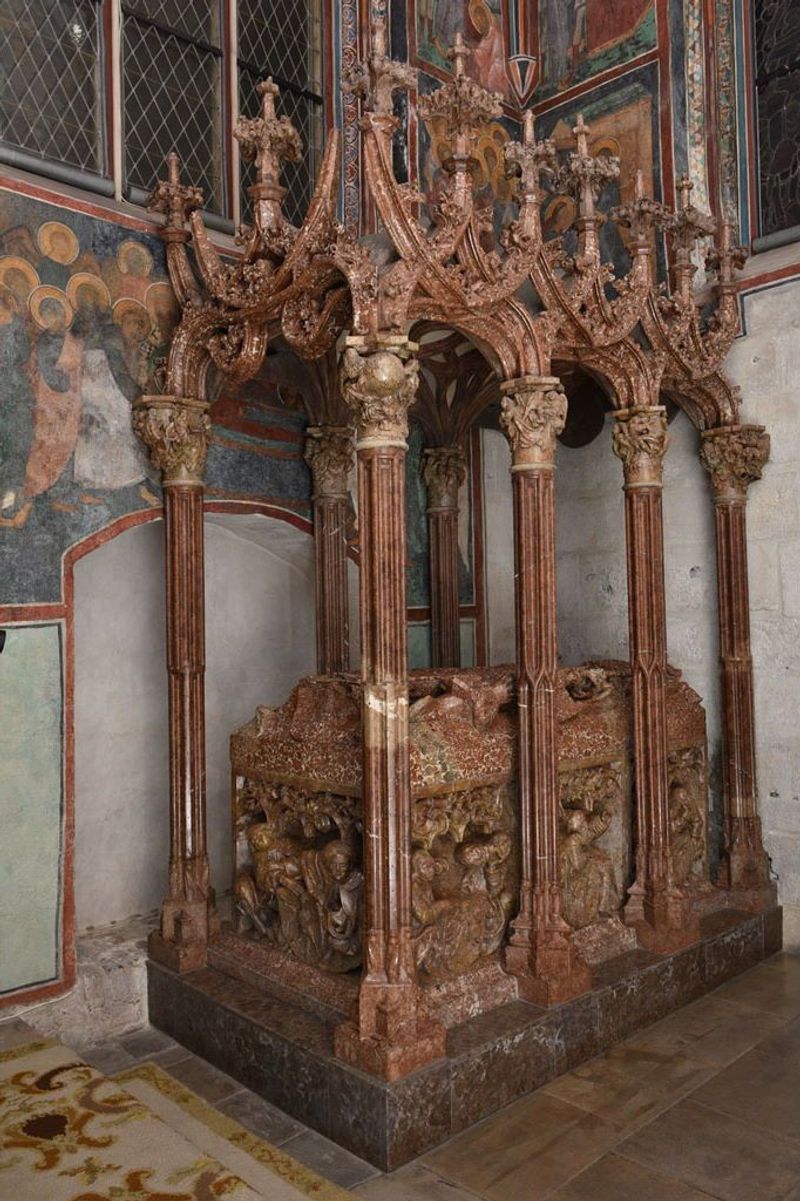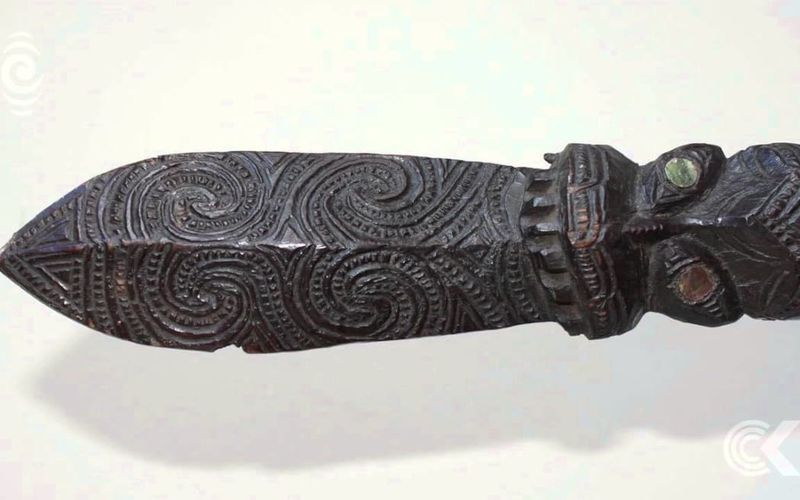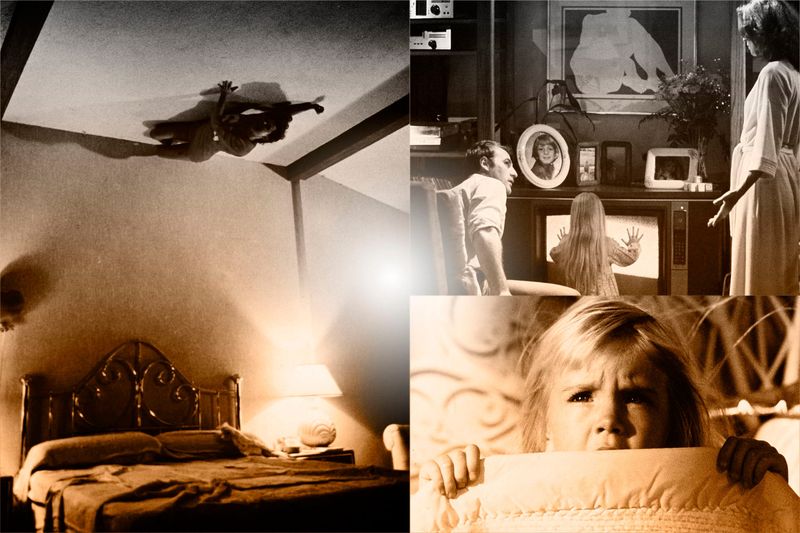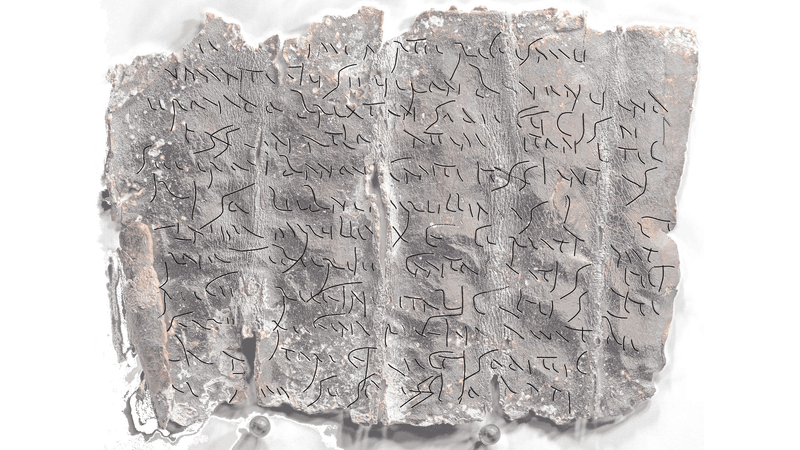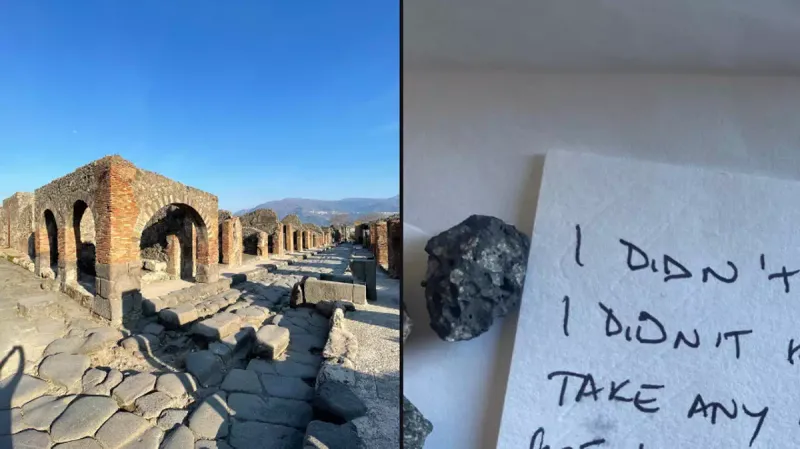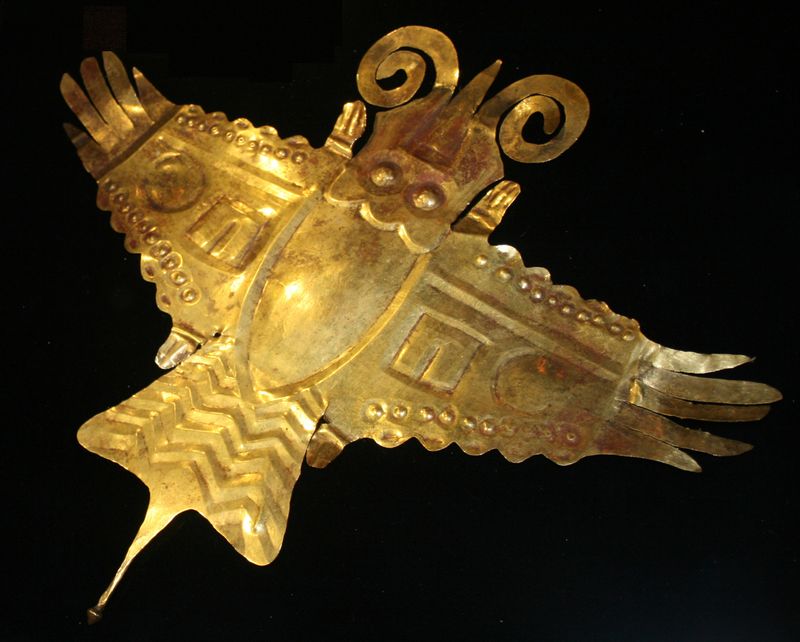From dusty tombs to engraved stones, history is full of dire warnings to those who dare to disturb the dead—or steal what isn’t theirs. While some of these ancient curses may be steeped in myth, others come with disturbingly real consequences: sudden deaths, misfortune, madness, and unexplained disasters. Whether you believe in the supernatural or not, these chilling tales still haunt our imaginations thousands of years later.
1. The Curse of Ötzi the Iceman
Ötzi the Iceman, a 5,000-year-old mummy, was discovered in the Alps, sparking intrigue and eerie misfortunes. Several individuals connected to Ötzi, including scientists and a filmmaker, died under mysterious circumstances shortly after their involvement.
These deaths led to whispers of a curse. Whether coincidence or curse, the story of Ötzi leaves an unsettling mark on history.
As science delves deeper into Ötzi’s life and times, the fascination with his supposed curse only grows stronger. His life and death continue to captivate imaginations worldwide.
2. The Curse of the Hope Diamond
The Hope Diamond, a stunning blue gem, is notorious for its dark history of misfortune. Owners of this jewel have faced beheadings, suicides, and financial ruin, creating an aura of dread around it.
Some believe the diamond is cursed, its beauty hiding a malevolent spirit. Even royalty wasn’t spared from its grim effects.
While some dismiss these tales as superstition, the Hope Diamond remains a symbol of both beauty and danger. Its legacy endures, captivating those who dare to learn its history.
3. The Curse of the Crying Boy Painting
The Crying Boy painting became infamous in the 1980s when numerous house fires left it unscathed amidst destruction. The painting, mass-produced and widespread, was often found in ruins, leading to rumors of a curse.
Some believed the image of the crying boy contained a spirit causing the fires. Others took matters into their own hands, destroying the paintings to break the curse.
Whether coincidence or supernatural, the mystery of the Crying Boy lingers, captivating those wary of its uncanny resilience.
4. The Curse of the Pharaohs
Beyond Tutankhamun, many Egyptian tombs warned of dire consequences for disturbing the dead. These ominous inscriptions fueled fears of the “Curse of the Pharaohs.”
Archaeologists reported nightmares and illness after working in the Valley of the Kings. The media amplified these stories, weaving a tapestry of dread and mystery.
Despite advancements in science, tales of the pharaohs’ curse endure, casting a shadow over those who dare to explore these ancient sites. The allure of Egyptian curses fascinates and terrifies in equal measure.
5. The Curse of the Basano Vase
The Basano Vase, a silver relic from 15th-century Italy, allegedly brought death to its owners. Each new possessor met an untimely end, leading to whispers of a curse.
The vase eventually vanished, rumored to be buried with a warning note pleading for it to remain undisturbed.
Legends of the Basano Vase persist, its mystery deepening as stories of its deadly legacy are passed down through generations. Its last known whereabouts remain a chilling mystery, inviting caution to those who seek it.
6. The Prague Astronomical Clock Curse
The Prague Astronomical Clock, a marvel of medieval engineering, harbors a chilling legend. Should this 15th-century timepiece stop, great misfortune is said to befall the city.
During WWII, the clock was heavily damaged, preceding the Nazi occupation of Prague, fueling tales of its cursed nature.
Today, the clock stands restored, yet its legend remains, a stark reminder of the past. Visitors from around the world marvel at its beauty, yet tread carefully, wary of its ominous reputation.
7. The Curse of King Tutankhamun’s Tomb
When Howard Carter opened Tutankhamun’s tomb in 1922, a series of mysterious deaths followed. Lord Carnarvon, who financed the dig, died suddenly after a mosquito bite became infected. This fueled rumors of the boy king’s wrath.
The media sensationalized these events, dubbing them the “Curse of the Pharaohs.” Despite skeptics attributing the deaths to natural causes, legends grew.
The fascination with this curse endures, with many attributing unexplained phenomena to ancient Egyptian magic. Skeptic or believer, the tale of Tutankhamun’s curse remains a spine-tingling story.
8. The Curse of Tamerlane’s Tomb
In 1941, Soviet archaeologists unearthed the tomb of Tamerlane, a Mongol conqueror, despite a dire warning etched within. Three days later, Hitler invaded the Soviet Union, sparking tales of an ominous curse.
Coincidence or causation, the timing was uncanny, embedding the curse into history. The plaque’s warning continues to intrigue, a testament to the power of belief and fate.
The story of Tamerlane’s tomb remains a chilling cautionary tale, a blend of history and legend that continues to captivate the curious and the cautious alike.
9. The Curse of the Koh-i-Noor Diamond
The Koh-i-Noor Diamond, a jewel of immense beauty and value, is steeped in legend. Said to bring doom to any man who wears it, only women of the British royal family have dared to don this gem.
Its history is marred by bloodshed and betrayal, adding to its ominous reputation.
Though some dismiss the curse as mere superstition, the Koh-i-Noor remains a potent symbol of power and peril. Its legacy continues to fascinate and warn those who are drawn to its allure.
10. The Curse of the Terracotta Army
China’s Terracotta Army, an archaeological marvel, also harbors whispers of a deadly curse. Some workers and archaeologists involved in unearthing these clay warriors met tragic fates.
Stories of financial ruin and early deaths circulated, linking the curse to the emperor’s desire for eternal protection.
The Terracotta Army continues to awe visitors, its legend growing with each retelling. The curse remains a poignant reminder of the mysteries that lie buried with these ancient soldiers, guarding their secrets and their emperor for eternity.
11. The Curse of the Uluru Rocks
Uluru, a sacred site in Australia, is steeped in indigenous traditions and warnings. Tourists who pocketed rocks from this sacred site often mailed them back, claiming they brought terrible luck.
These “sorry rocks” have become infamous, with tales of misfortune spreading among the curious and the cautious.
Park rangers manage a collection of returned rocks, each with a story of regret and woe. Uluru stands as a testament to the power of respecting ancient lands and their spirits.
12. The Curse of the Delphi Oracle
Delphi, home to the legendary Oracle, was a place of power in ancient Greece. Legend warned that disrespecting Apollo’s sacred site would bring madness or death.
Even emperors approached with reverence, mindful of the oracle’s prophecies and the curse that loomed over those who doubted.
The site remains an enigmatic ruin, where whispers of the past still echo. Delphi’s oracle continues to enchant those who visit, a reminder of the mystique and awe surrounding ancient prophecy.
13. The Curse of the Tomb of Casimir IV
In 1973, the tomb of Casimir IV in Kraków was opened, unleashing a curse. Four researchers died shortly thereafter, sparking tales of ancient mold and curses etched on the lid.
While some attribute these deaths to natural causes, the mystery persists, echoing through time.
The curse of Casimir’s tomb serves as a reminder of the unknown dangers hidden within history’s depths. Its story continues to intrigue those who delve into its secrets, a blend of science and superstition.
14. The Curse of the Maori Taonga
Maori taonga, sacred artifacts with potent ancestral energy, hold a revered place in New Zealand’s culture. When mishandled or stolen, these items are believed to unleash curses.
Museums have received anonymous returns, accompanied by stories of woe and misfortune. The powerful energy of these taonga is both respected and feared.
Each returned item adds to the legacy of the Maori curses, a testament to the strength of cultural beliefs and the respect demanded by these sacred objects.
15. The Curse of the Poltergeist Set
The Poltergeist film series is infamous for its alleged curse. Several cast members and crew died young or under tragic circumstances, fueling rumors of a malevolent force.
Whispers of real skeletons used in the film’s pool scene add to the unsettling legend.
Despite the passage of time, the curse of Poltergeist looms large in Hollywood lore, a chilling reminder of the blurred line between fiction and reality. Its legacy endures, haunting those who dare to explore its story.
16. The Curse of the Roman Tombstone
Inscriptions on some ancient Roman tombstones bear warnings of vengeance from beyond the grave. These eerie epitaphs threaten grave robbers with madness and misfortune should they disturb the dead.
Whether meant as a deterrent or a genuine curse, these inscriptions have fueled imaginations for centuries.
The Roman tombstone curses remain a testament to the ancient world’s fascination with the afterlife and divine retribution, captivating those who ponder the mysteries of past beliefs.
17. The Curse of the Dybbuk Box
The Dybbuk Box, a wine cabinet steeped in Jewish folklore, is said to contain a malevolent spirit. Owners have reported horrific nightmares, health issues, and financial ruin.
The box inspired the horror film The Possession, further cementing its place in paranormal lore.
Its dark legend continues to intrigue and terrify, a chilling reminder of the unknown. The Dybbuk Box stands as a modern testament to the age-old fear of spirits and curses, captivating thrill-seekers and skeptics alike.
18. The Curse of Pompeii Souvenirs
Pompeii, a city frozen in time by volcanic wrath, harbors another curse. Tourists who stole artifacts from the ruins often returned them, claiming illness, death, or hauntings followed.
These cursed souvenirs have become infamous, with letters of apology accompanying their return.
The curse of Pompeii’s relics is a reminder of the city’s tragic history and the lingering power of ancient sites. Its tale continues to warn and fascinate, a testament to the respect demanded by the past.
19. The Curse of the Black Orlov Diamond
The Black Orlov Diamond, a 67-carat gem, was allegedly stolen from a Hindu temple. Its possessors reportedly faced tragic ends, including suicides and misfortune.
In an attempt to “break” the curse, the diamond was re-cut, altering its form and, some believe, its fate.
Despite its transformation, the legend of the Black Orlov endures, a haunting reminder of the perils of greed and the mysteries of fate. Its dark allure continues to captivate those who dare to explore its past.
20. The Curse of the Inca Gold
Incan gold, a treasure of immense value and beauty, is said to be protected by a deadly curse. Grave robbers and looters who dared to steal this sacred bounty reportedly met horrible fates.
Legends of the gods’ wrath remain, warning those tempted by the lure of riches.
The curse of the Inca Gold is a tale of caution, echoing through history as a reminder of the respect demanded by sacred treasures. Its story continues to intrigue those who ponder the mysteries of ancient civilizations.
